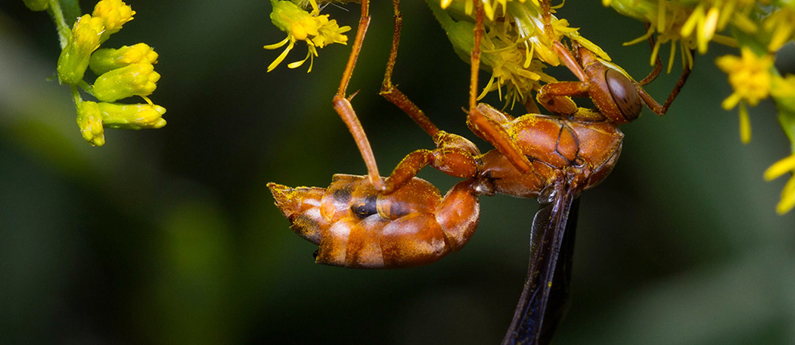Red Wasps
If you live in the southern or eastern portions of the United States, you have likely been terrorized by Red Wasps at some point in your life. These rust-colored rascals emerge with the rest of their Vespidae cohort in the early days of spring to establish nests.
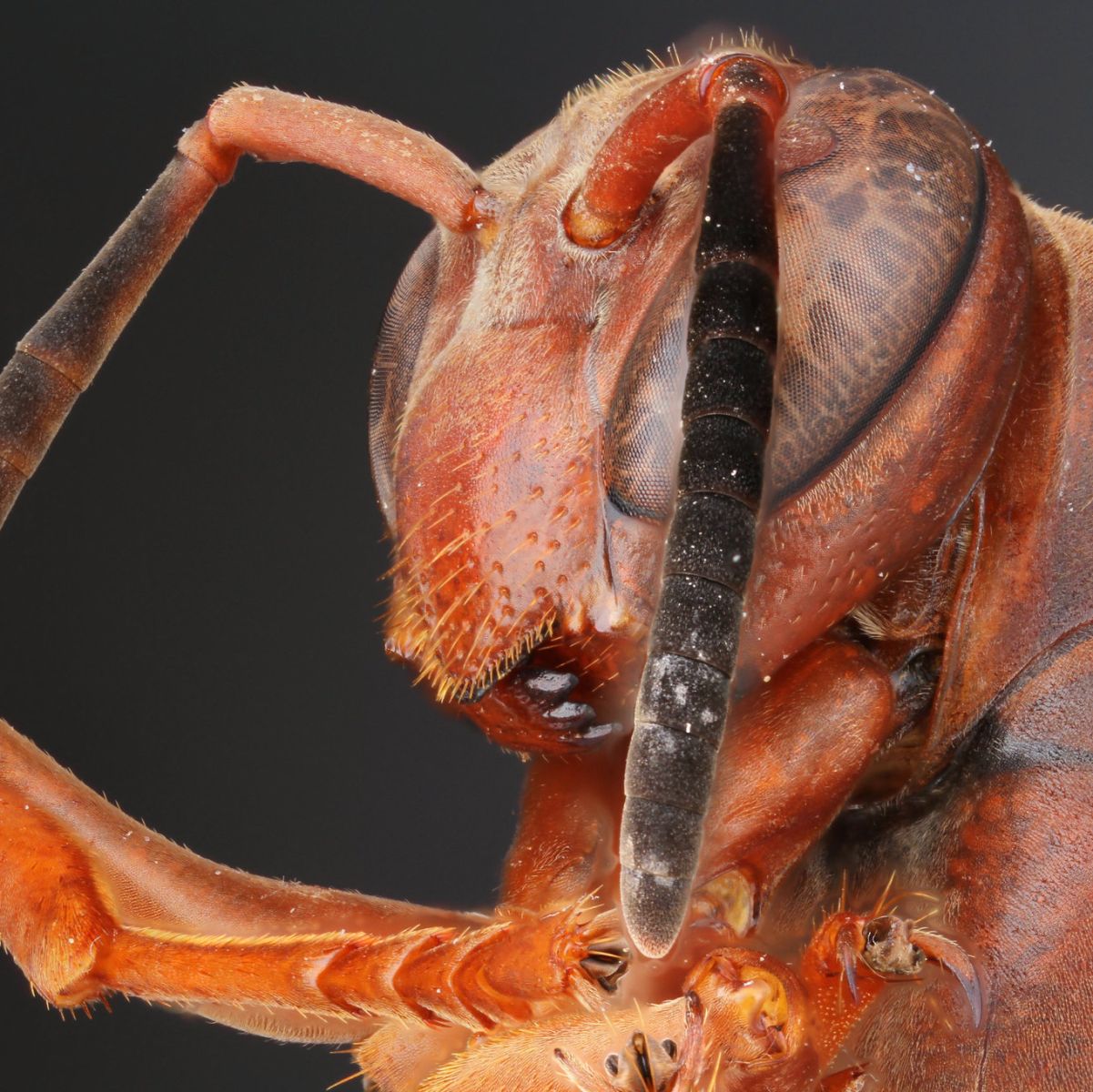
Red wasps are often considered to be more aggressive than garden-variety paper wasps and will sting when they perceive a threat to their life or territory. Unfortunately, they have a tendency to establish nests in and around man-made structures, which means that their territory might also be your territory.
Identification
Thanks to their eerie, monochromatic color scheme, red wasps are easy to identify. If you’re noticing wasps around your house with reddish-brown coloring, it’s a safe bet that you have a red wasp nest nearby. Like their paper wasp cousins, red wasps build open-honeycomb nests that are shaped like an umbrella. Nests are often found in and around the eaves of roofs and other man-made structures.
Try These Trapping Tips
Place Traps Near the Nest
Place a RESCUE! Wasp TrapStik in close proximity to the nest (5 – 10 feet). The Wasp TrapStik relies on a visual pattern to attract insects, so it’s important to place the trap in an area where it will be seen by the wasps. If you notice the trap isn’t catching any wasps after 2 – 3 days, try moving it to a different location. Before placing or moving your trap, consider the next tip.
Set or Move Your Traps at Night
Insects are less active when temperatures are cooler, so try to set your traps very early in the morning or late at night when the wasps are less motivated to sting you. The same advice applies if you are moving your trap to a different location.
Images for this blog are used under Public Domain from UT Austin's Insects Unlocked collection.


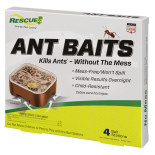 Ant Baits
Ant Baits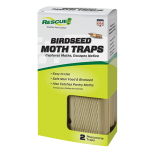 Birdseed Moth Trap
Birdseed Moth Trap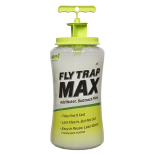 Fly Trap Max
Fly Trap Max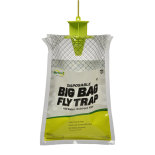 Fly Trap, Big Bag
Fly Trap, Big Bag 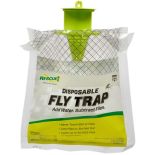 Fly Trap, Disposable
Fly Trap, Disposable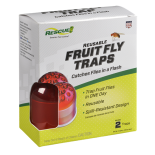 Fly Trap, Fruit Fly
Fly Trap, Fruit Fly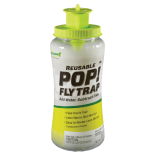 Fly Trap, POP! Fly
Fly Trap, POP! Fly 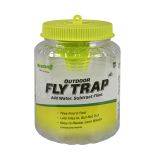 Fly Trap, Reusable
Fly Trap, Reusable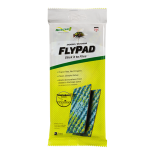 FlyPad
FlyPad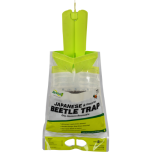 Japanese & Oriental Beetle Trap
Japanese & Oriental Beetle Trap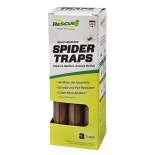 Spider Trap
Spider Trap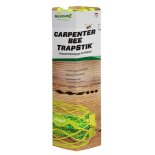 TrapStik, Carpenter Bee
TrapStik, Carpenter Bee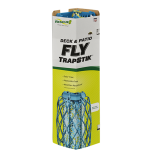 TrapStik, Deck & Patio Fly
TrapStik, Deck & Patio Fly 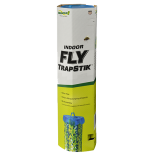 TrapStik, Indoor Fly
TrapStik, Indoor Fly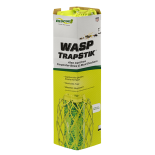 TrapStik, Wasp
TrapStik, Wasp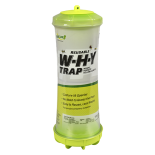 W·H·Y Trap for Wasps, Hornets & Yellowjackets
W·H·Y Trap for Wasps, Hornets & Yellowjackets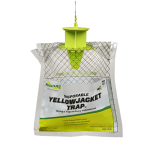 Yellowjacket Trap, Disposable
Yellowjacket Trap, Disposable 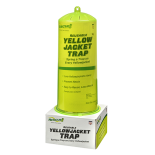 Yellowjacket Trap, Reusable
Yellowjacket Trap, Reusable 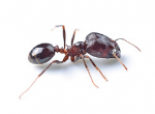 Ants
Ants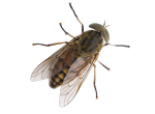 Biting Flies
Biting Flies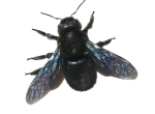 Carpenter Bees
Carpenter Bees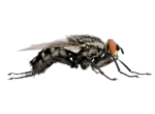 Flies
Flies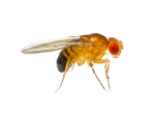 Fruit Flies
Fruit Flies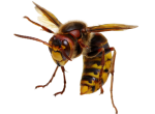 Hornets
Hornets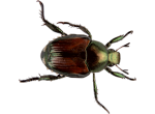 Japanese Beetles
Japanese Beetles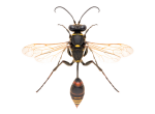 Mud Daubers
Mud Daubers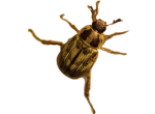 Oriental Beetles
Oriental Beetles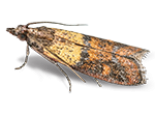 Birdseed & Pantry Moths
Birdseed & Pantry Moths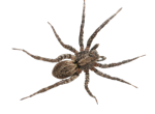 Spiders
Spiders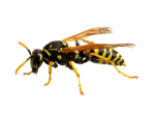 Wasps
Wasps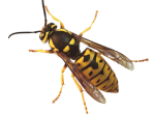 Yellowjackets
Yellowjackets